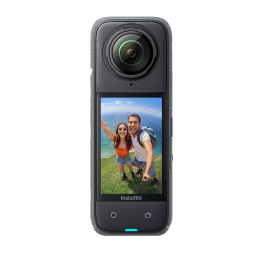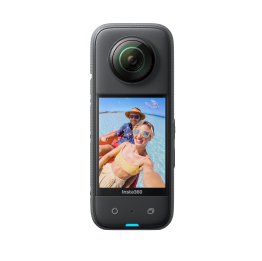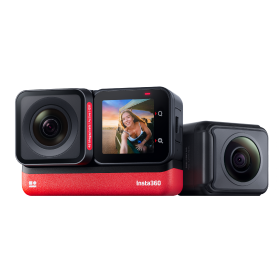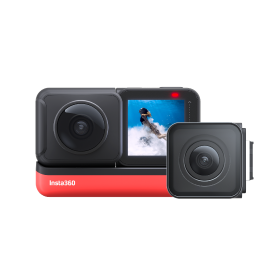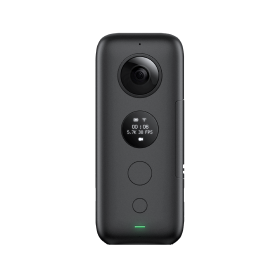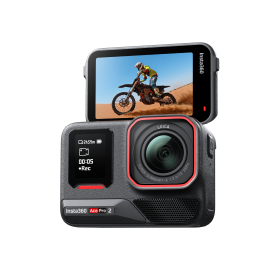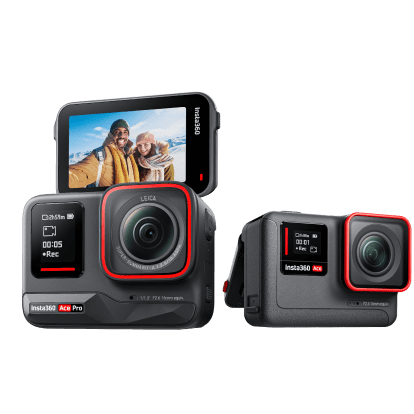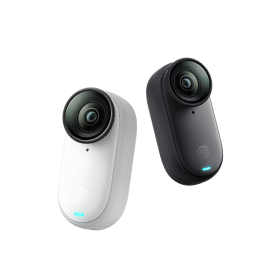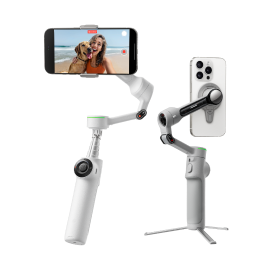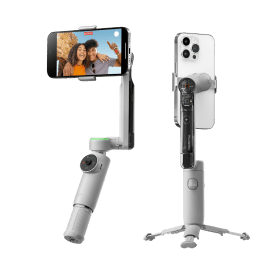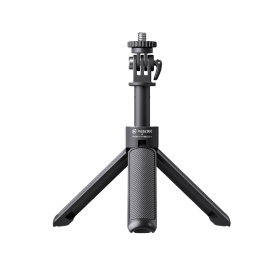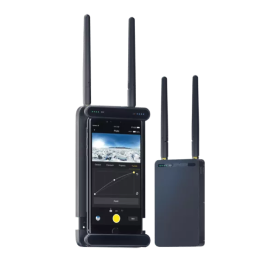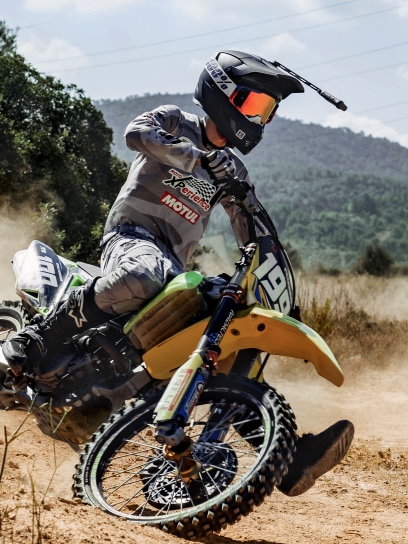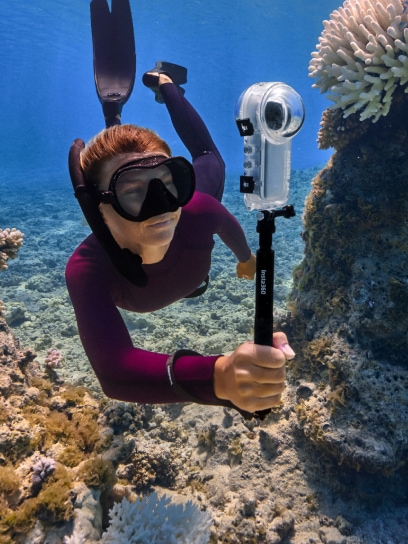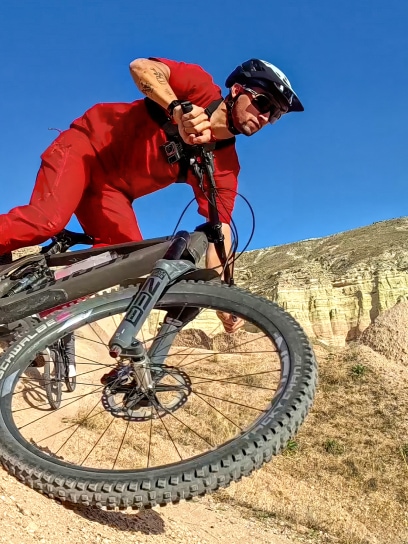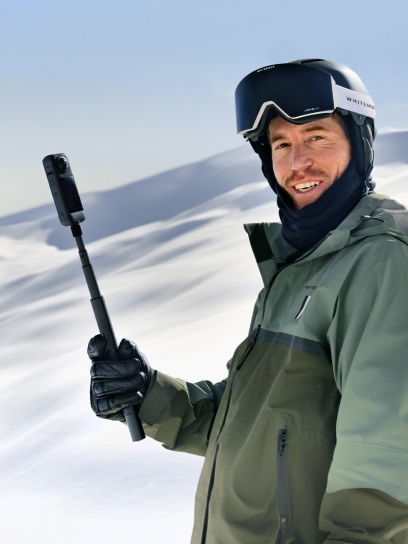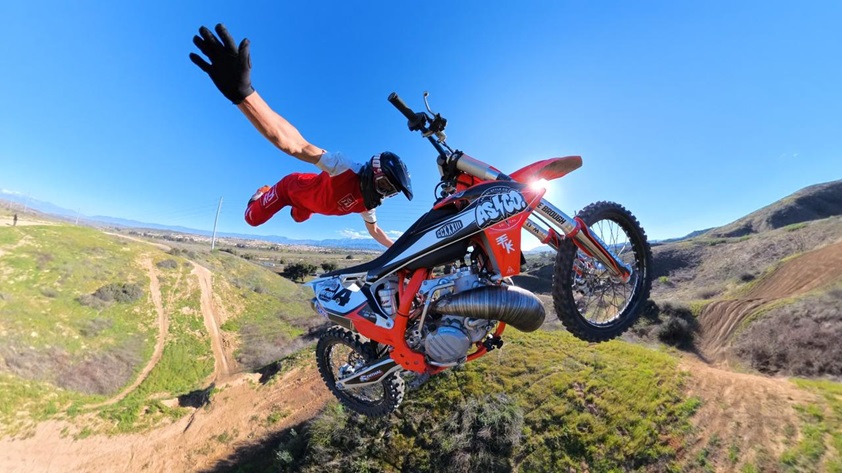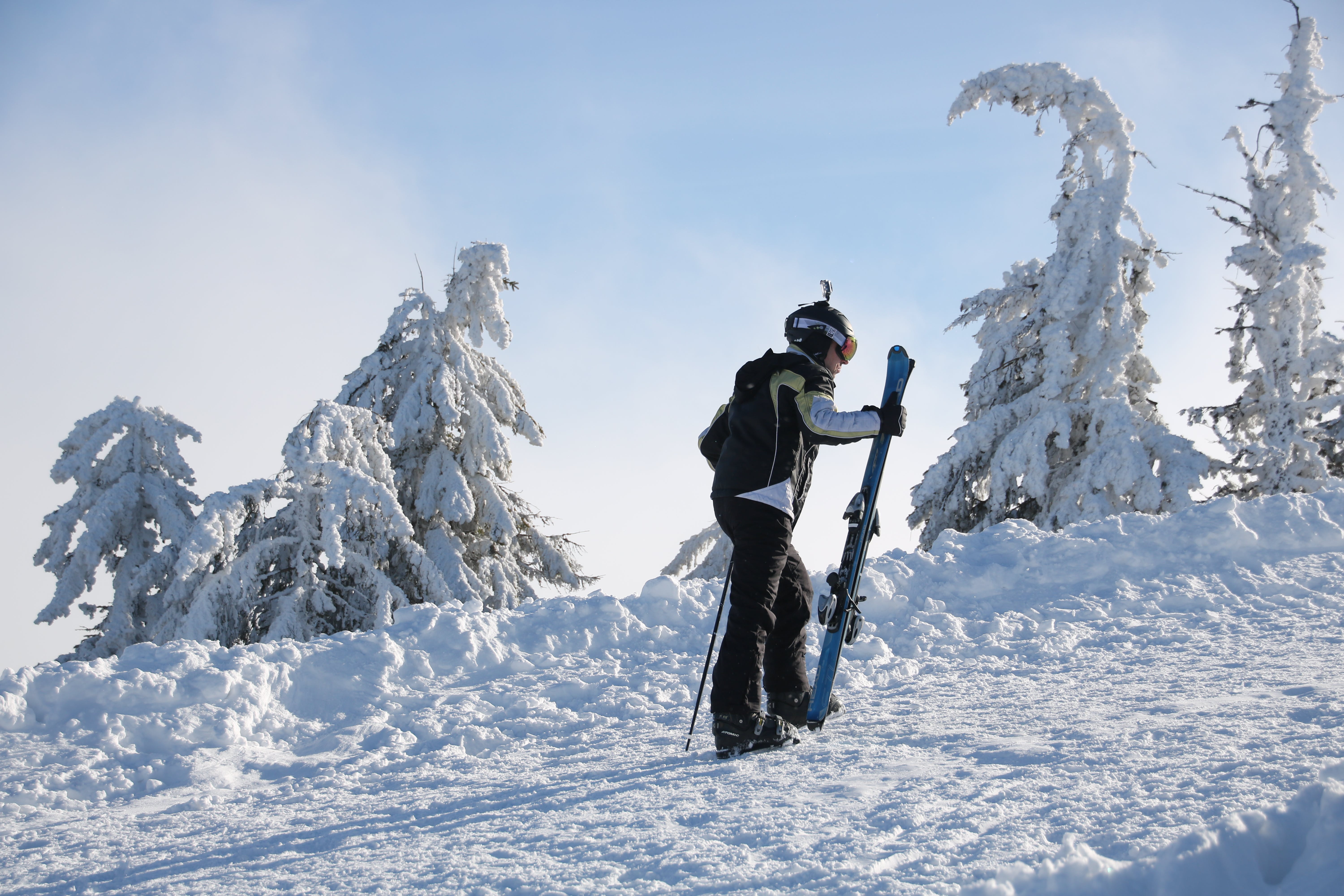Capturing clear and steady photos or videos can be a real challenge without the right technology. That’s where image stabilization comes into play. Whether you’re an action enthusiast capturing high-speed sports, a travel vlogger documenting your adventures, or a professional photographer aiming for crisp shots, image stabilization is crucial for eliminating blur and ensuring smooth footage. There are several types of stabilization technologies available, each with its strengths and applications.
In this guide, we'll explore optical image stabilization (OIS), in-body image stabilization (IBIS), and electronic image stabilization (EIS). We'll also highlight Insta360's innovative FlowState Stabilization, which keeps your action ultra stable!
By understanding these technologies, you'll be better equipped to choose the perfect image stabilization camera for your needs.
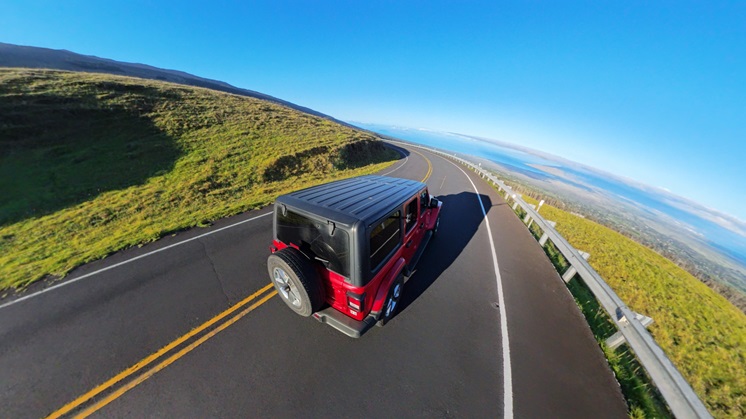
Understanding Image Stabilization Technology
Optical Image Stabilization (OIS)
- How it works:
OIS functions by shifting lens elements to counteract camera shake. This mechanical approach helps stabilize the image at the optical level, making it effective for both still photography and video.
- Advantages:
OIS is particularly beneficial for shooting in low light or at long focal lengths, where camera shake is more pronounced. It provides a natural stabilization effect without any digital cropping, maintaining the full resolution of the image.
- Limitations:
OIS can add weight and complexity to the lens. It's also less effective in scenarios involving significant movement or vibrations.
In-Body Image Stabilization (IBIS)
- How it works:
IBIS stabilizes the image by moving the camera sensor itself. This allows for stabilization regardless of the lens being used, offering more flexibility and compatibility.
- Advantages:
IBIS works with any lens, making it a versatile option for photographers and videographers. It's highly effective for a wide range of shooting scenarios, from handheld shots to telephoto images.
- Limitations:
While IBIS is powerful, it can be less effective at stabilizing extreme motion compared to dedicated OIS systems in some lenses.
Electronic Image Stabilization (EIS)
- How it works:
EIS stabilizes video by digitally cropping and analyzing the video frame to counteract the camera shake. This method is common in action cameras and smartphones due to its cost-effectiveness.
- Advantages:
EIS is affordable and lightweight, making it ideal for compact devices. It’s widely used in action cameras, providing decent stabilization without the need for mechanical parts.
- Disadvantages:
EIS can result in a slight loss of image quality due to the cropping process. It may also struggle in very low light conditions where digital adjustments can introduce noise.
FlowState Stabilization (Insta360)
- How it works:
FlowState Stabilization is our very own technology that stabilizes your footage. This advanced technology leverages powerful algorithms to smooth out video, delivering gimbal-like stability without the need for additional gear.
FlowState stabilization is incredibly effective in action cameras, providing smooth and steady footage even in the most challenging conditions. It’s featured in Insta360 models like X4, GO 3, and more, making them standout choices for capturing dynamic action scenes.
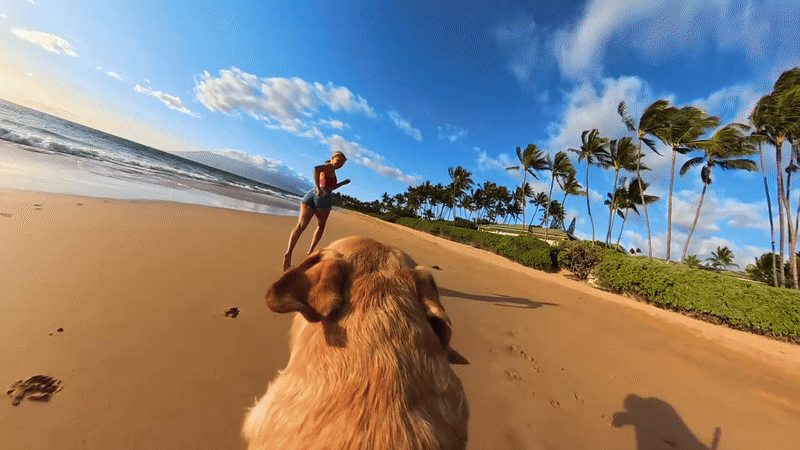
Choosing the Right Image Stabilization Camera
When selecting an image stabilization camera, consider the following factors:
- Purpose: What type of content are you primarily shooting? Action scenes, travel vlogs, professional photography, or casual videos? Your specific needs will guide your choice of camera.
- Budget: How much are you willing to spend? There are cameras available at various price points, so define your budget to narrow down your options.
- Other Features: What other features are important to you? Consider resolution, frame rate, portability, and any additional functionalities you might need.
Top Recommendations for Image Stabilization Cameras
1. Insta360 X4
Best for: 360º action shots
X4 excels in capturing immersive 360º footage with its advanced FlowState Stabilization. A fully fledged 360° action camera, able to shoot in 8K, it’s perfect for action enthusiasts and vloggers looking to create dynamic, high-quality content. With its robust build and versatile shooting modes, it’s a top pick for capturing steady shots in any environment.
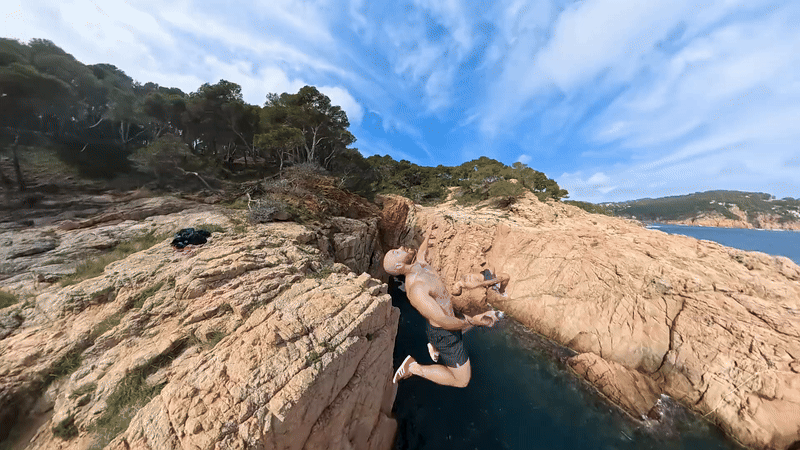
2. Insta360 GO 3
Best for: Compact, versatile action camera
GO 3 is the smallest and most versatile action camera in Insta360's lineup. Despite its compact size, it features FlowState stabilization, ensuring smooth footage even during high-speed activities. It’s an excellent choice for users seeking portability without compromising on stabilization performance. Check out GO 3S if you want the ability to shoot in 4K, and handy features like native Apple Find My support.

3. Insta360 ONE RS 1-Inch 360 Edition
Best for: High-end 360º photography and videography
ONE RS 1-Inch 360 Edition is a premium camera that offers exceptional low-light performance and impressive stabilization, thanks to its large sensor and FlowState technology. It’s ideal for professional photographers and videographers looking for top-tier image quality and stabilization.
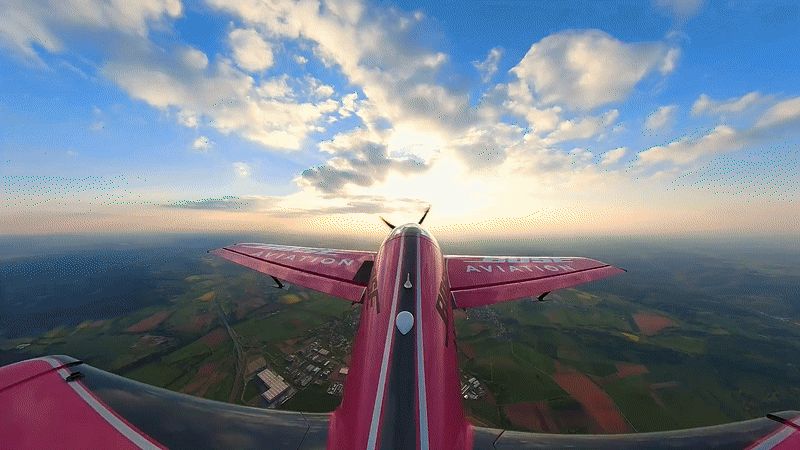
Tips for Using Image Stabilization Cameras
- Proper Hand-Holding Techniques:
Hold your camera with both hands, keeping your elbows close to your body to minimize shaking. Use your body as a stabilizer by leaning against a stable surface.
- Using Tripods or Other Stabilizing Accessories:
For longer exposures or telephoto shots, use a tripod or monopod to keep your camera steady. Other accessories like gimbals can also provide additional stabilization for smooth footage.
- Utilizing Post-Stabilization Software:
After capturing your footage, use post-stabilization software to fine-tune and further smooth out any remaining shake. Many editing programs offer powerful stabilization tools that can enhance your final video.
Wrapping Up
Image stabilization is a game-changer for anyone looking to capture smooth, professional-looking footage. Whether you're a beginner or an experienced photographer, understanding the different types of stabilization technologies including OIS, IBIS, EIS, and FlowState will help you choose the right camera for your needs.
Insta360's FlowState stabilization stands out as a top-notch option for action cameras, providing exceptional performance without the need for additional gear. With models like X4 and GO 3, Insta360 offers a range of cameras that cater to different needs and budgets, ensuring you can capture stunning, steady shots no matter where your adventures take you.
Explore Insta360's camera lineup and find the perfect image stabilization camera to level up your shots no matter the action!
Keen to keep up to date on Insta360 stories? Keep an eye on our blog and sign up for our mailing list.
